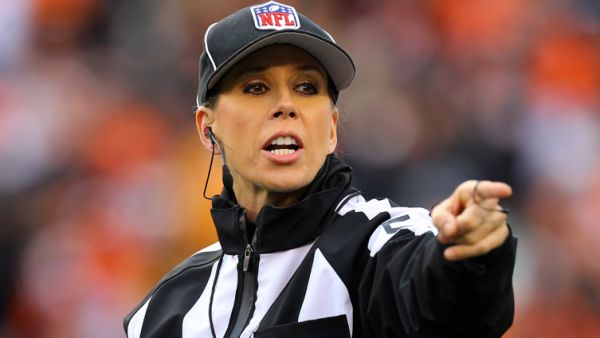NFL
How the NFL Rules Have Changed Over the Years

Founded on August 20, 1920 (nearing its 100th inaugural season), the National Football League (NFL) has its ups and downs–rules-wise.
A bevvy of rule changes often had effects on both the game and the players. But for the NFL, can you imagine American football–or Super Bowl–if the rules had never changed at all?
Let us look at what changed in the league.
-
The catch rule
The catch rule was–historically–a convoluted rule that can easily confuse the players. In today’s rule, a catch can be completed by controlling the ball, getting two feet in bounds, and making a football move.
The player need not ‘survive the grounds,’ although if he falls butt-first, it is still considered a catch. If the receiver was pushed out of bounds through a defensive play and came down in bounds, the catch is counted.
-
The targeting rule
In 2018, a 15-yard penalty was implemented against players who intentionally lower his head to initiate contact using his helmet. The rule applies to all players on the field regardless of where he is or they are at on the field.
The violation may also lead to an ejection, though the criteria for ejection are not cleared yet as of this writing. As such, players must come up with new tackling strategies. And speaking of removals, players can be ejected based on non-football acts other than the facemask infraction.
-
The kickoff rule
Considered as the most dangerous part of American football, the NFL Football Operations decided to introduce new kickoff rules. The primary goal is to minimize the dangers involved, including the numbers of players colliding at one another at full speed.
In the most recent rules, there would be five players on each side of the ball (with at least two players outside the numbers and another two between the numbers and hash). Only three players are permitted to remain outside, but they cannot perform a wedge block. Running start is no longer allowed. Everyone must follow the no-blocking zone as well.
-
The horse-collar tackle rule
In protecting the players further, especially a defenceless receiver, the Roy Williams rule was introduced in 2005. Players have a habit of pulling down another player by grabbing the collar and producing avoidable injuries in the first place.
When a player is taken down in this way, the legs are trapped underneath in an undesirable angle. This may lead to potentially serious injuries from the neck down especially the spine and lower back.
-
The PAT rule
PAT stands for point(s) after touchdown wherein if a team scores, they won’t be forced to perform a PAT. It means shortening a game since a PAT play would require at least three minutes of the game.
In connection, a player off the line of scrimmage is prohibited from running and jumping over the scrimmage line for blocking a PAT attempt or a field goal.
The defensive and offensive strategies are altered continuously to reflect the teams’ workaround when new changes are introduced. Likewise, there remains the fact that the NFL has become a more pass-friendly league.
The plays are also more specialized now wherein teams plan a game around a specific opponent on the field depending on his play or talent (specialized skill).
-

 Football1 month ago
Football1 month agoWhat You Need To Know About Asian Handicap Betting on Football
-

 Category1 month ago
Category1 month agoFanAdvice – your VIP Sports Betting Club
-

 Football1 month ago
Football1 month ago3 reasons to try FanAdvice telegram betting channel
-

 NHL1 month ago
NHL1 month agoMost Expensive Contracts Signed In the History Of Ice Hockey
-

 Tennis1 month ago
Tennis1 month agoWho’s The Best Player In Men’s Tennis?
-

 NBA1 month ago
NBA1 month agoBiggest NBA Contracts And Net’s Best Free-agent Signings In The NBA
-

 Football6 months ago
Football6 months agoNovember sports events 2023: What matches await us?
-

 Football1 month ago
Football1 month ago4 Players Who Top Women’s Football Rankings













You must be logged in to post a comment Login